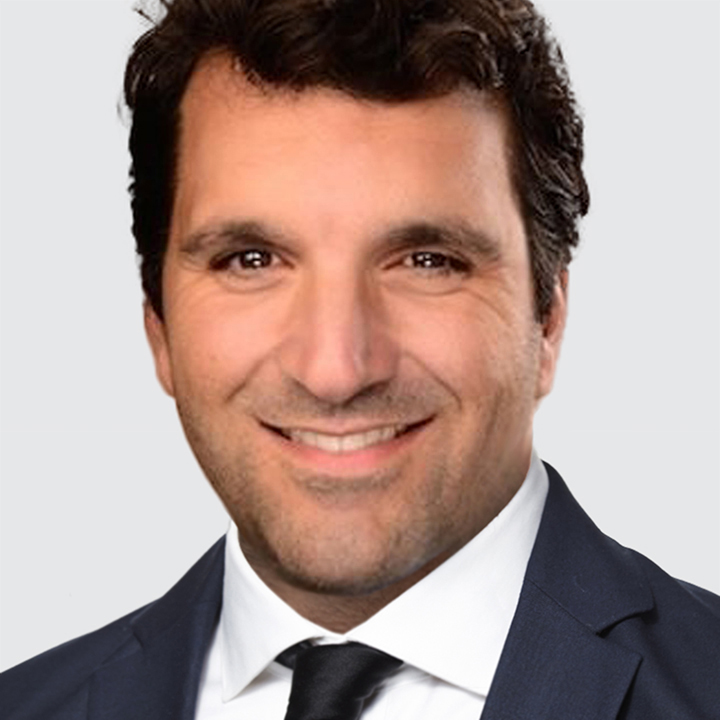US
USD is building on yesterday’s gains, supported by a US economic outlook that argues for a patient Fed.
US private sector growth momentum quickens sharply in July. The composite PMI rose more than expected to a 7-month high at 54.6 (consensus: 52.8) vs. 52.9 in June driven by faster services sector growth traction. The services PMI surged to a 7-month high at 55.2 (consensus: 53.0) vs. 52.9 in June, while the manufacturing PMI unexpectedly dropped to a 7-month low at 49.5 (consensus: 52.7) vs. 52.9 in June. Particularly worrying is that price pressures intensified across both manufacturing and service sectors in July.
US labor market conditions remain resilient. US weekly jobless claims unexpectedly declined to a 14-week low at 217k (consensus: 226k) vs. 221k last week. And continuing claims for the BLS survey week ending July 12 were broadly steady, consistent with solid non-farm payrolls gains in July.
We are sticking to the view that USD relief rallies will be limited in part because the Fed’s wait-and-see guidance is overshadowed by political pressure to lower the funds rate. President Donald Trump’s remark that firing Fed Chair Jay Powell isn’t necessary offers limited reassurance.
Remember, markets may soon have to contend with a “shadow” Fed chair, if President Trump signals his pick months ahead of Powell’s May 2026 term end. All three leading candidates (Kevin Warsh, Kevin Hassett, Christopher Waller) to succeed Powell have argued for lower interest rates right now. Conflicting signals between the official Chair and a perceived “shadow” figure will increase market confusion, lead to mixed policy expectations, and erode the Fed’s image as a non-partisan institution.
US June durable goods orders report is up next (8:30am New York, 1:30pm London) followed by a fresh update of the Atlanta Fed GDPNow model. As of July 18, the Atlanta Fed GDPNow model estimates Q2 growth at an above trend pace of 2.4% SAAR, unchanged from July 17.
EUROZONE
EUR/USD is range-bound around 1.1740, just under recent cyclical high at 1.1829. The ECB voted unanimously to keep the policy rate unchanged at 2.00% yesterday (widely expected) and signaled its pretty much done easing. The ECB statement noted that “the economy has so far proven resilient overall in a challenging global environment.” Moreover, ECB President Christine Lagarde stressed that the ECB is in a good place with inflation at 2%, adding “you could argue that we are on hold.” Bottom line: the ECB’s pause, coupled with political pressure on the Fed to ease, will continue to underpin the EUR/USD uptrend.
When discussing the risk to the Eurozone inflation outlook, Lagarde cautioned that “a stronger euro could bring inflation down further than expected.” However, it’s worth pointing out that the ECB June meeting Account noted that the high level of the use of the euro as an invoicing currency limited the impact of the exchange rate on inflation. Bottom line: there is no evidence to suggest that ECB policymakers are concerned about the appreciation of the euro.
Leading indicators suggest the Eurozone economy is picking-up pace. Germany’s IFO business climate index inched-up in July, albeit less than anticipated. Headline came in at 88.6 (consensus: 89.0) vs. 88.4 in June, the highest since May 2024. Current Assessment rose to 86.5 (consensus: 86.7) vs. 86.2 in June and Expectations improved to more than a two-year high at 90.7 (consensus: 91.1) vs. 90.6 in June.
UK
EUR/GBP is up and closing in on its April 11 high at 0.8738. UK retail sales growth disappoints in June. Total retail sales volumes rose 0.9% m/m (consensus: 1.2%) vs. -2.8% in May. Excluding auto fuel, retail sales volumes increased 0.6% m/m (consensus: 1.2%) vs. -2.9% in May. Higher household savings means spending activity will likely remain subdued.
Unfortunately, the Bank of England has limited room to dial-up easing to support growth because UK services CPI inflation is stubbornly high at 4.7% y/y. Bottom line: elevated UK underlying inflation and a sluggish growth outlook spell trouble for GBP, especially versus EUR.
JAPAN
USD/JPY retraced most of this week’s loss but faces stiff resistance at the 200-day moving average (149.64). Tokyo July CPI print points to easing inflation pressures nationwide. Both headline and core ex-fresh food dipped more than expected to 2.9% y/y (consensus: 3.0%) vs. 3.1% in June while core ex-fresh food & energy matched consensus at 3.1% y/y for a second straight month. Importantly, core ex. food & energy slipped further below the Bank of Japan’s 2% target to a four-month low at 1.7% y/y vs. 1.8% in May, underscoring weak underlying inflation.
Bottom line: the BOJ will not be rushing to resume raising rates which is a headwind for JPY. The swaps market still price-in 80% odds of a 25bps rate hike by year-end and a total of 50bps of rate increases to 1.00% over the next two years.

